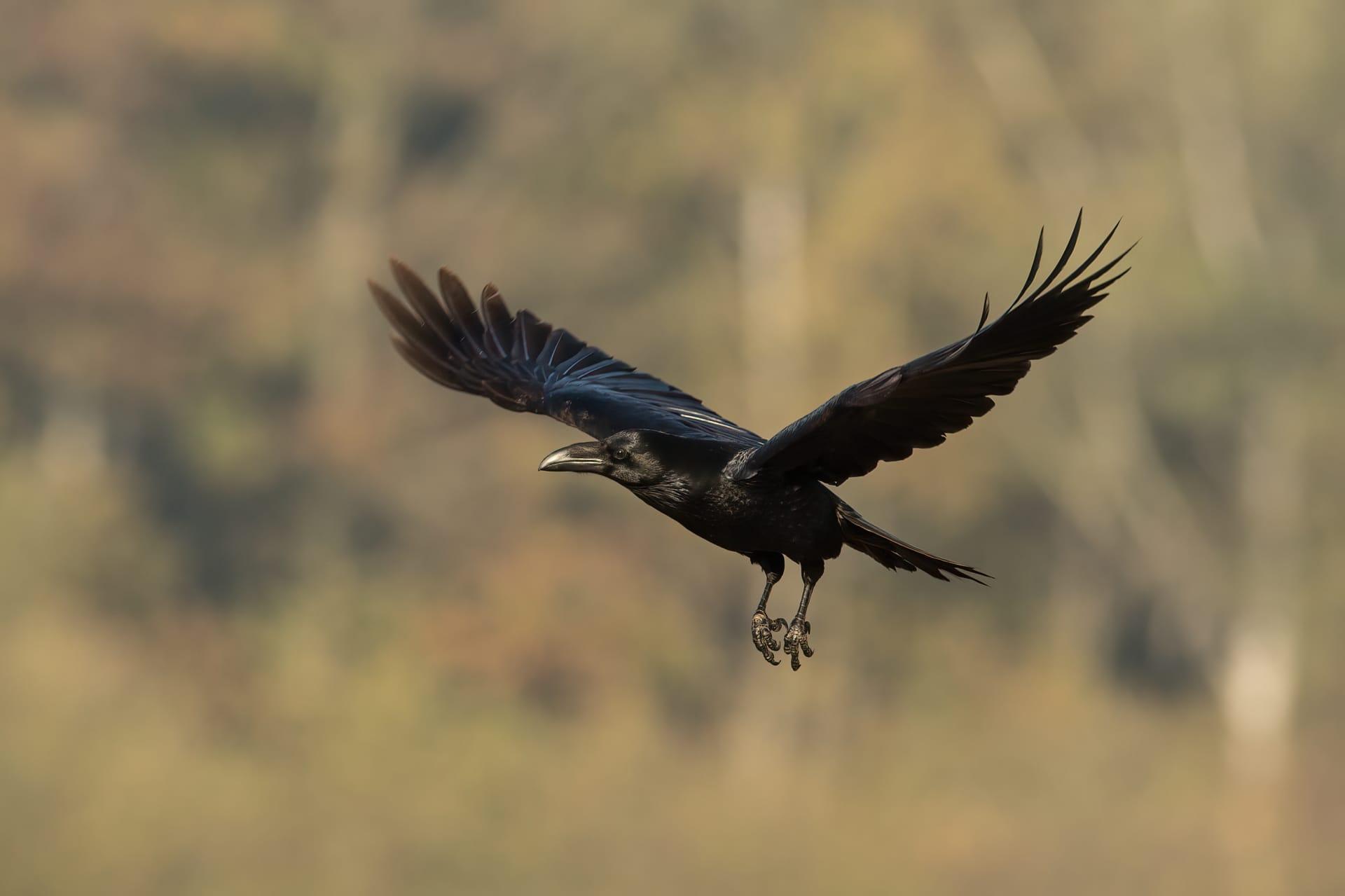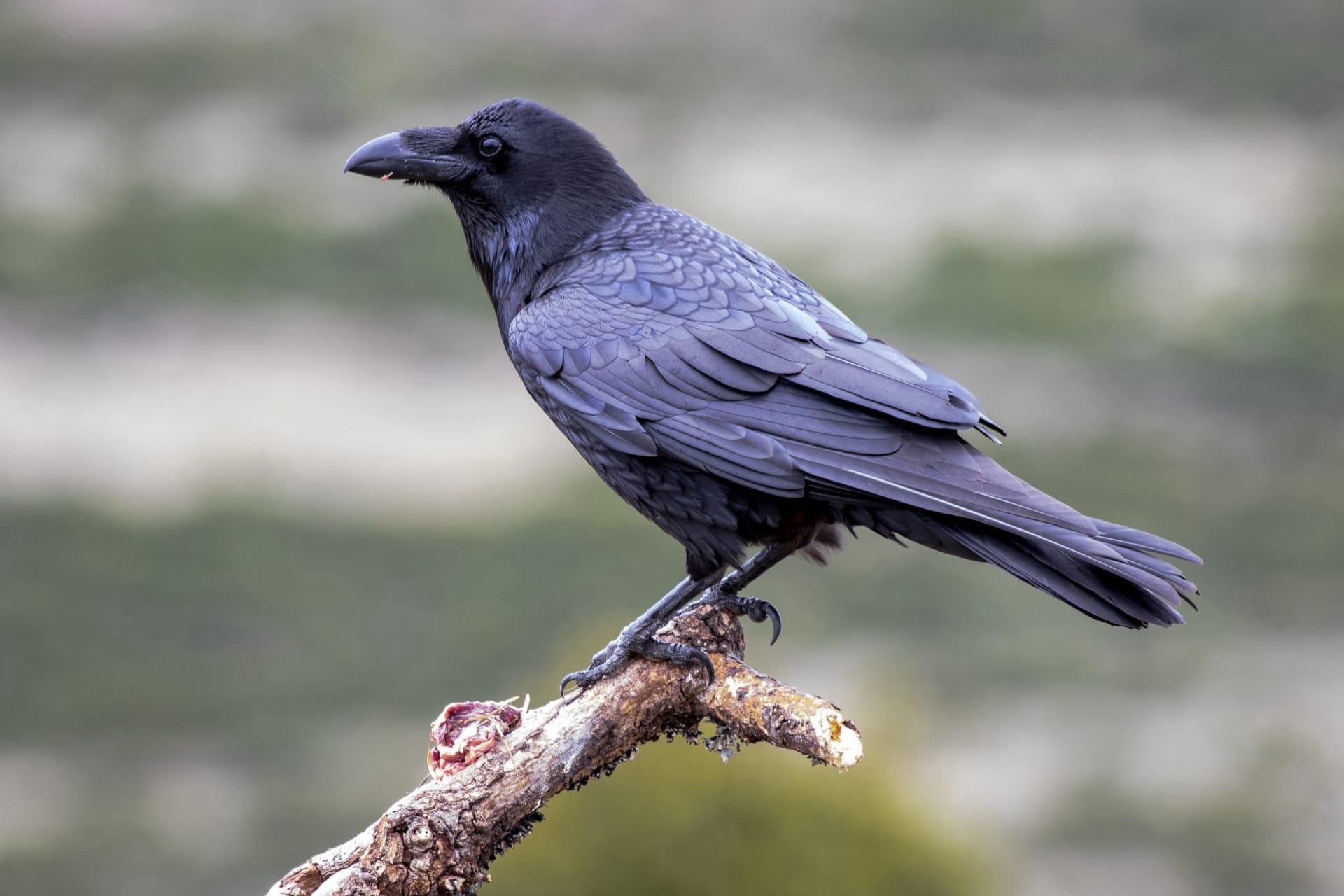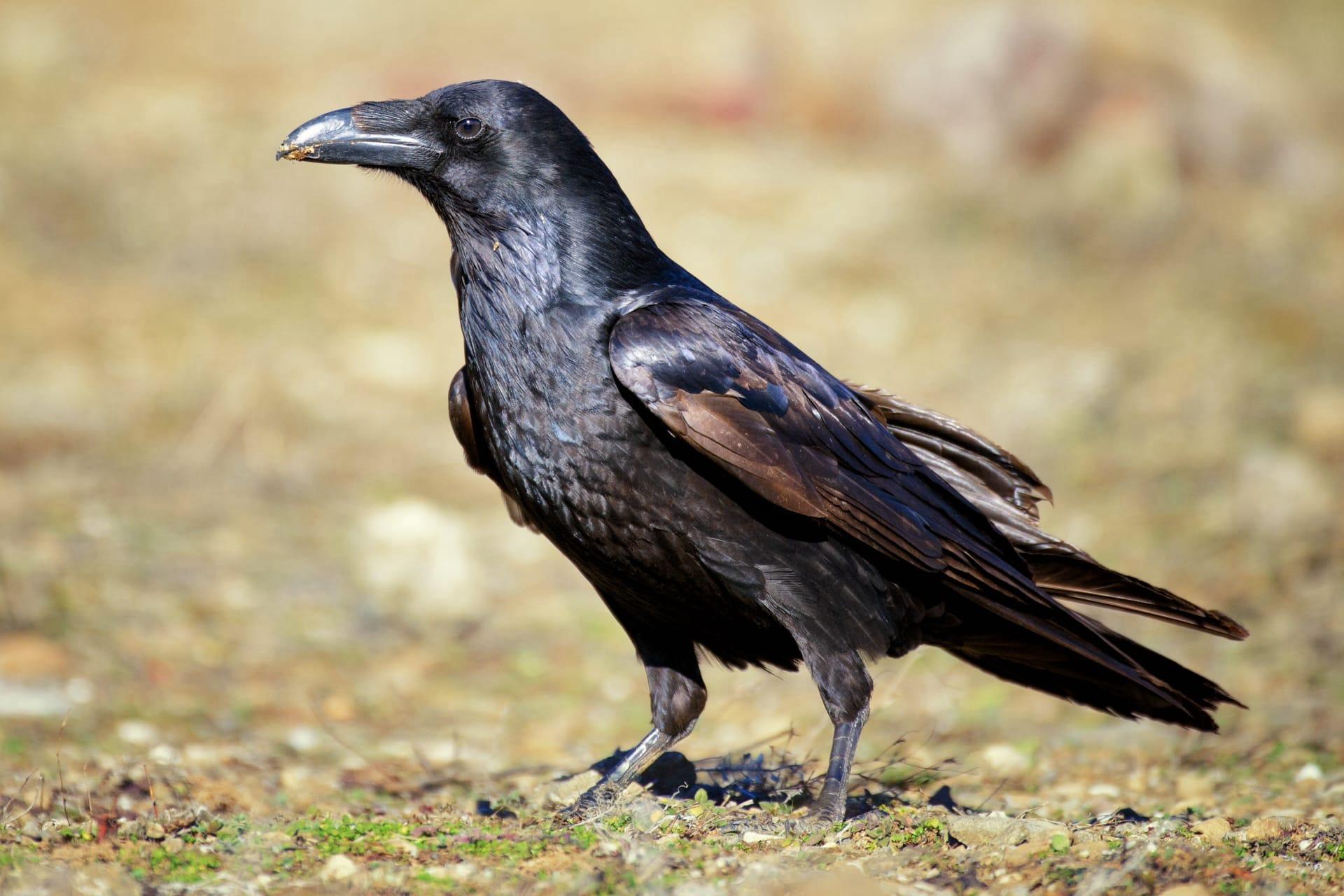Raven Trivia
- Home /
- Trivia Question /
- Animal /
- Raven Trivia
1
Question: How intelligent are ravens compared to other birds?
Answer: Ravens are exceptionally smart, often compared to chimpanzees and dolphins. Their brain-to-body size ratio is similar to that of great apes, which explains their cognitive abilities. They can solve complex problems, use tools, and even mimic human speech. Researchers found that ravens can plan for the future, a skill previously believed to be unique to humans and great apes.
Question: What is the average lifespan of a raven in the wild?
Answer: Ravens can live quite a long time for birds. In the wild, their average lifespan is about 10 to 15 years. However, some ravens have been known to live over 20 years. Their longevity is attributed to their adaptability in different environments and their ability to avoid predators. In captivity, they can live even longer, sometimes up to 40 years, due to a safe environment and regular food supply.

2
Question: Do ravens really have funerals for their dead?
Answer: It's a common myth that ravens hold funerals. What they actually do is something called 'mobbing'. When a raven dies, others often gather around the deceased. This isn't a mourning ritual but a way to understand what killed the bird. Ravens are intelligent and learn from these gatherings, identifying potential threats and avoiding similar fates.
Question: Are ravens as ominous or bad luck as often depicted in folklore?
Answer: Ravens have been associated with bad omens in many cultures, but this is just a superstition. There's no scientific evidence to support the idea that ravens bring bad luck. In fact, in some cultures, they are seen as symbols of intelligence and adaptability. Biologically, ravens are simply very intelligent birds that have adapted well to various environments.

3
Question: How do ravens communicate with each other?
Answer: Ravens have a complex system of communication. They use a variety of sounds, from croaks to clicks to bell-like notes, to convey different messages. These sounds can indicate anything from the discovery of food to the presence of a predator. Ravens also use non-vocal signals, like wing flaps or beak gestures, to communicate. Their communication skills are so advanced that they can even mimic other birds or sounds in their environment.
Question: Can ravens really mimic human speech?
Answer: Yes, ravens are capable of mimicking human speech, much like parrots. Their vocal cords are very sophisticated, allowing them to produce a wide range of sounds. While they don't understand the language, they can imitate words or phrases they often hear. This ability is more commonly observed in captive ravens who interact regularly with humans.

4
Question: What do ravens typically eat, and how do they find their food?
Answer: Ravens are omnivores and have a very diverse diet. They eat fruits, grains, insects, small animals, and carrion (dead animals). They are also known to follow predators like wolves to feed on their leftovers. Ravens are opportunistic feeders, which means they take advantage of whatever food sources are available. Their intelligence plays a key role in finding and accessing food, as they can solve problems and use tools to get to their meals.
Question: Do ravens mate for life, and how do they raise their young?
Answer: Ravens usually form long-term pair bonds, often mating for life. They engage in impressive aerial acrobatics during courtship. Both parents participate in raising the young. They build large nests, usually in tall trees or cliffs, where the female lays 3-7 eggs. Both parents feed and protect the chicks until they are ready to fledge, which is about a month after hatching.

5
Question: How do ravens use tools, and what kind of tools do they use?
Answer: Ravens are among the few species that create and use tools. They use sticks to extract insects from tight spaces and rocks to crack open hard-shelled food items. In experimental settings, ravens have demonstrated the ability to use more complex tools and solve multi-step problems, showcasing their intelligence and problem-solving skills.
Question: Are ravens solitary or social birds?
Answer: Ravens are generally known for their solitary nature, but they can be quite social. Young ravens are often seen in large groups, which allows them to learn from each other and socialize. As they grow older, they become more territorial and often seen in pairs, especially during mating season. Their social structure is complex, involving alliances and rivalries, much like that of primates.